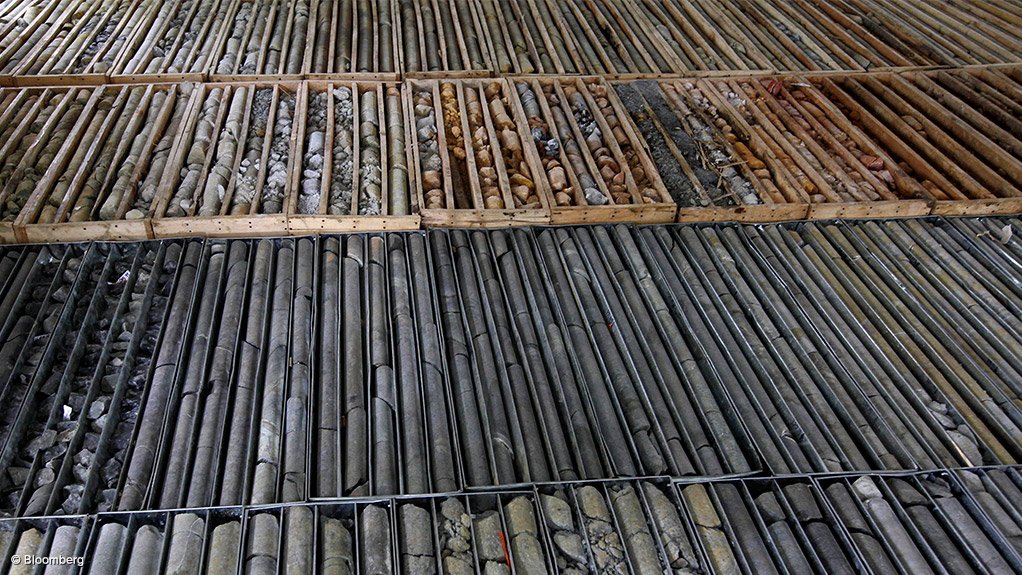
Photo by: Bloomberg
PERTH (miningweekly.com) - A prefeasibility study (PFS) into the Gabanintha vanadium project, in Western Australia, has estimated that the project could deliver some 13 000 t/y of vanadium pentoxide.
ASX-listed Technology Metals Australia on Thursday told shareholders that the project was expected to run for a period of 13 years, and would generate life-of-mine (LoM) revenues of A$4.9-billion, and LoM earnings before interest, taxes, depreciation and amortization of more than A$3-billion.
The project is expected to cost A380-million to develop, with a pay-back period of nearly three and a half years. The PFS estimated a post-tax net present value of A$850-million and an internal rate of return of 43%.
“This is an outstanding result for the technically robust, extremely high quality Gabanintha project in a vanadium market environment that is desperate for injection of new production, with considerable upside expected from the work to be completed during the upcoming definitive feasibility study,” said MD Ian Prentice.
The project is expected to start in 2021.
The PFS is based on an ore reserve estimate of 16.7-million ton, at a mined grade of 0.96% vanadium pentoxide, which is contained in a mineral resource estimate of 21.6-million tonnes, at 0.9% vanadium pentoxide, in the northern block of the tenements.
The whole project is estimated to contain an indicated and inferred resource of 119.9-mllion tonnes, at 0.8% vanadium pentoxide.
Technology Metals told shareholders that there was significant opportunity to enhance the results of the PFS by upgrading more of the inferred resource into the indicated category, conducting a detailed geotechnical assessment to reduce the overall strip ratio, and optimising the mine scheduling.
There is also scope to assess the potential of extracting other commodities from the deposit, including base metal concentrate, a titanium dioxide product and a high-grade iron-ore product.
Ongoing metallurgical testwork will assess the potential to extract these commodities for additional revenue streams.